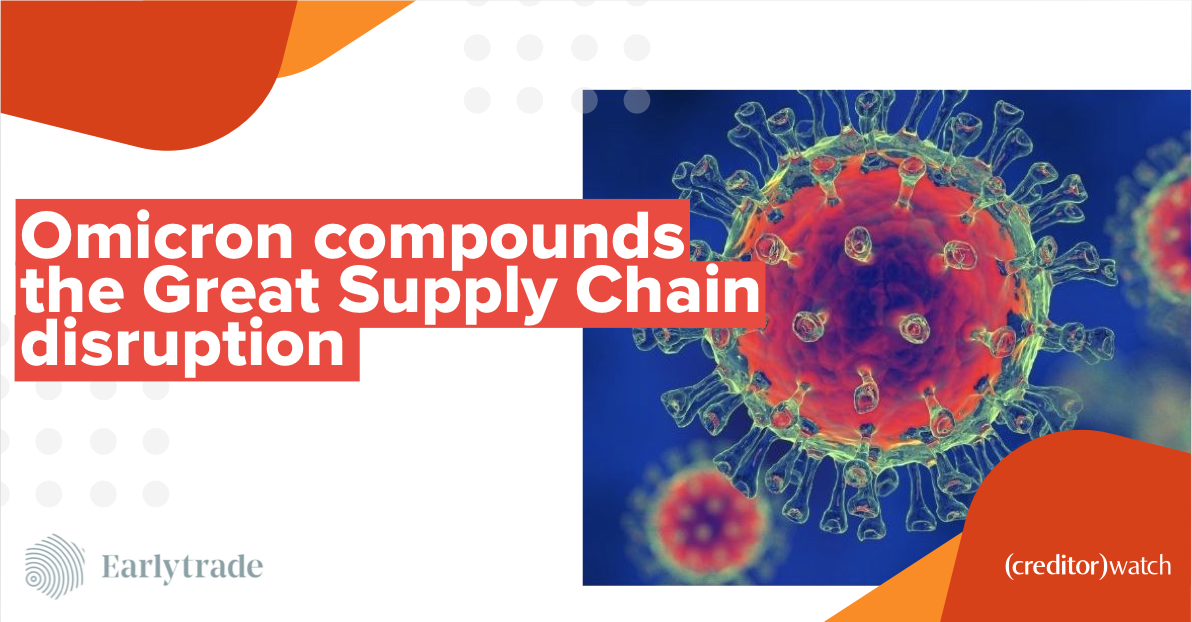One of the questions we often get asked by clients is “what is my position when my customer is a trust?”
It is almost as if the word itself causes confusion and misunderstanding. The reason, we suspect, is because of the misunderstanding of the meaning of the word itself.
When we talk of trust, we usually think of that state of mind where we take someone’s word on face value, we accept what they say knowing there are no lies or deceit involved. Legally, however, the word ‘trust’ refers to another concept altogether different. It helps in the understanding of a trust if we have a quick potted history of trusts.
We have all heard of Robin of Loxley, Little John and Maid Marian (and all probably seen the movies as well) and their exploits in Sherwood Forest. Robin (allegedly) was a crusader and went off to the Holy Lands to fight for king, country (and God). When the crusaders left their castles and property behind, they would have others look after and hold onto the land until their (hopeful) return. Upon return, the holder of the land (the trustee) would then account to the returning crusader (the beneficiary) for the land and any income or profits made during their absence.
The law recognised this relationship where property seemed to be owned by one party (the trustee) but it was owned by someone else (the beneficiary).
When your customer discloses that a trust is involved, do not panic as it is a perfectly legitimate vehicle for conducting business. There are many reasons for using a trust structure (minimise taxation, protect assets, estate planning etc.) but from your perspective, as a business owner, you should keep in mind the following:
- A trust is a collection of rights and obligations – it is not a separate legal entity and cannot be sued or sue in its own name. The rights and obligations are contained in a document called a trust deed where the trustee and the beneficiaries are referred to.
- To find out whether your customer is operating as a trust, simply ask in your account application and also have your customer warrant the accuracy of any information they provide you. That will give you a remedy if you have been misled. Make sure you carry out both ABN and ACN searches (if a company is involved) so you can be sure of the nature of your customer’s business trading vehicle.
- Ask for a copy of the Trust Deed, any accountant or lawyer who set up the trust will have copies. Have it checked by a trusted advisor/lawyer/accountant to see who are the beneficiaries and also the type of trust it is (discretionary, unit, trading, charitable etc.) Remember the beneficiaries are the true owners so it is important to know who they are so they can provide such guarantees or security as required.
- Carry out enquiries on any adult beneficiaries. Their credit records may cause issues when determining whether to grant credit or not.
- Make sure you open any account in not only the name of the customer in its own capacity, but also in its capacity as a trustee.
Trusts are an everyday part of normal business life, they may seem involved but the truth (as any returning crusader will tell you) is that once you know what to look for trusts are nothing to quiver about.
For more information on trusts (and cricket) see our article or view the ‘Trusts: What are they hiding?’ CreditorWatch webinar.
More articles like this: Identifying an Ultimate Beneficial Owner is Simple with CreditorWatch
About the author
 Holly is a Lawyer at Ledlin Lawyers. At 6ft2 tall, the number one question Holly gets asked is, “Do you play basketball?” The good thing is, she’s a better lawyer than she ever was a basketball player. Holly takes advantage of her height in commercial litigation and dispute resolution, where a certain presence can often be key on and off the court (room). With her commercial approach, “slam dunks” are something Holly truly enjoys striving for in credit management and insolvency. Even on the bench, Holly is well-versed in great letter writing, drafting commercial contracts, and providing valued advice with the team at Ledlin Lawyers.
Holly is a Lawyer at Ledlin Lawyers. At 6ft2 tall, the number one question Holly gets asked is, “Do you play basketball?” The good thing is, she’s a better lawyer than she ever was a basketball player. Holly takes advantage of her height in commercial litigation and dispute resolution, where a certain presence can often be key on and off the court (room). With her commercial approach, “slam dunks” are something Holly truly enjoys striving for in credit management and insolvency. Even on the bench, Holly is well-versed in great letter writing, drafting commercial contracts, and providing valued advice with the team at Ledlin Lawyers.



